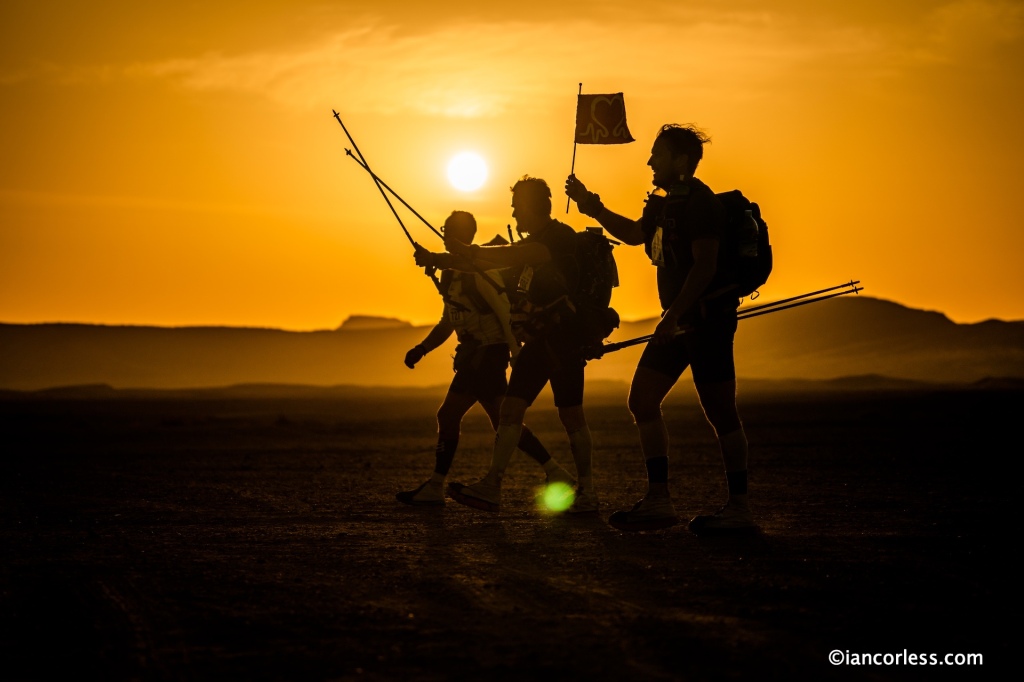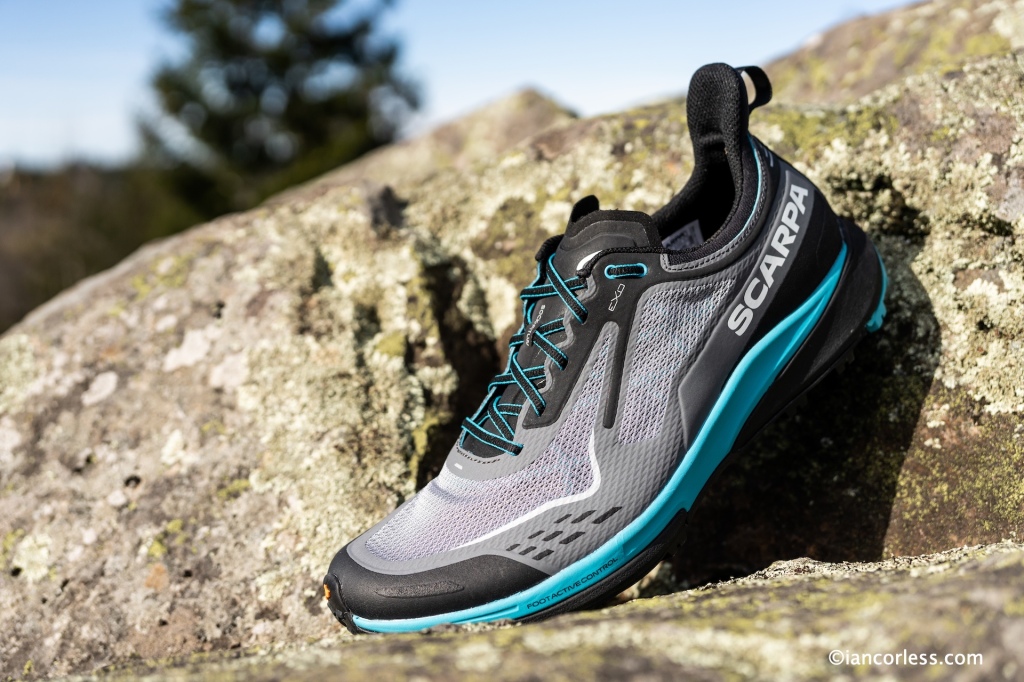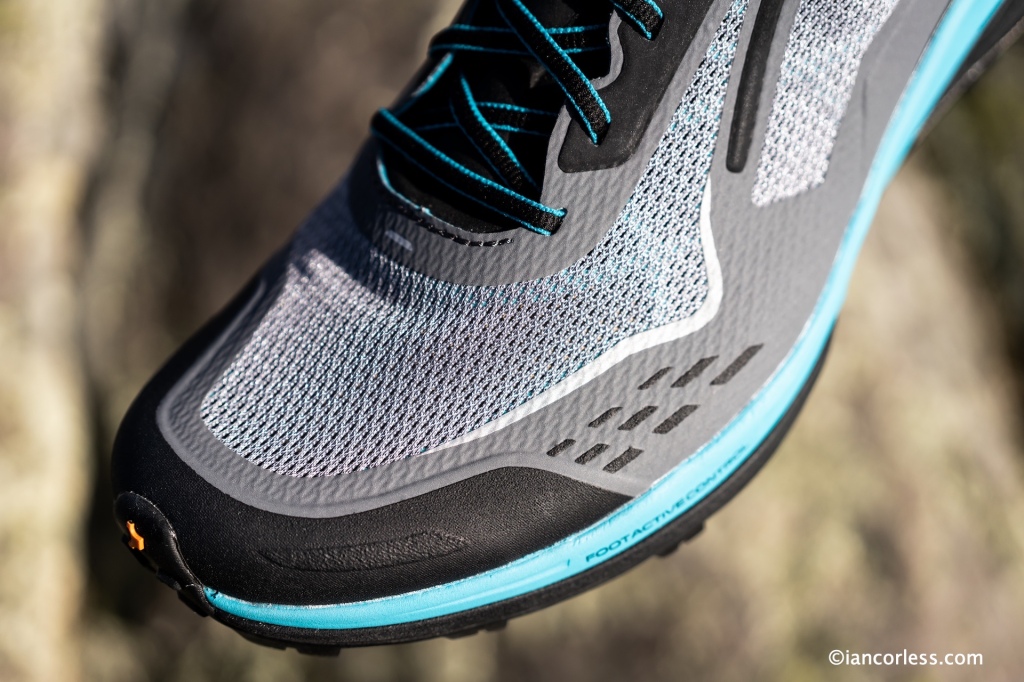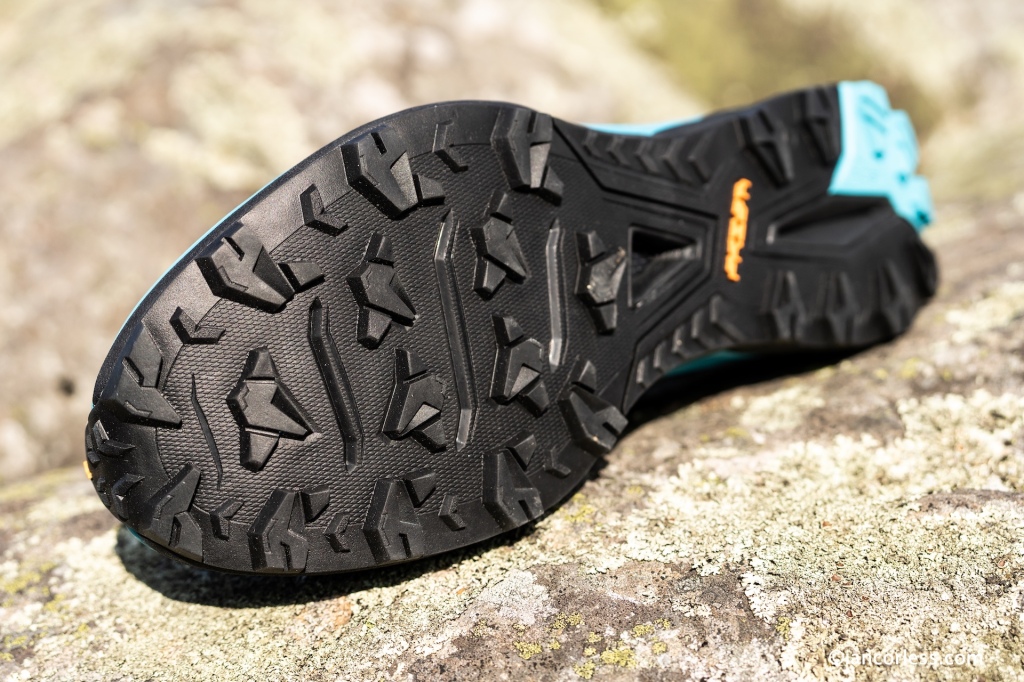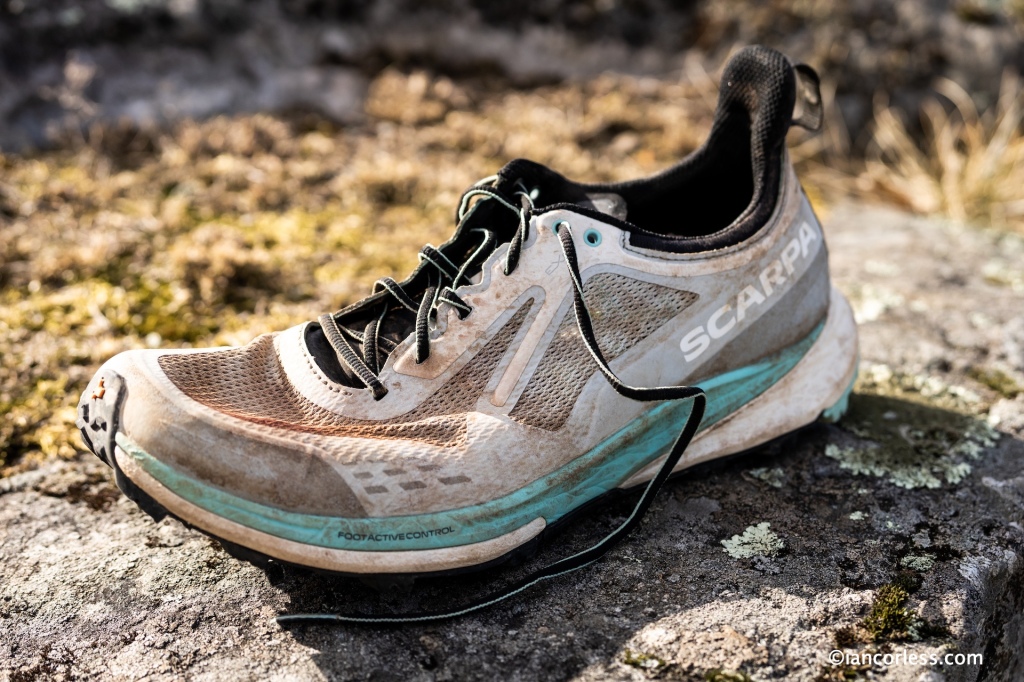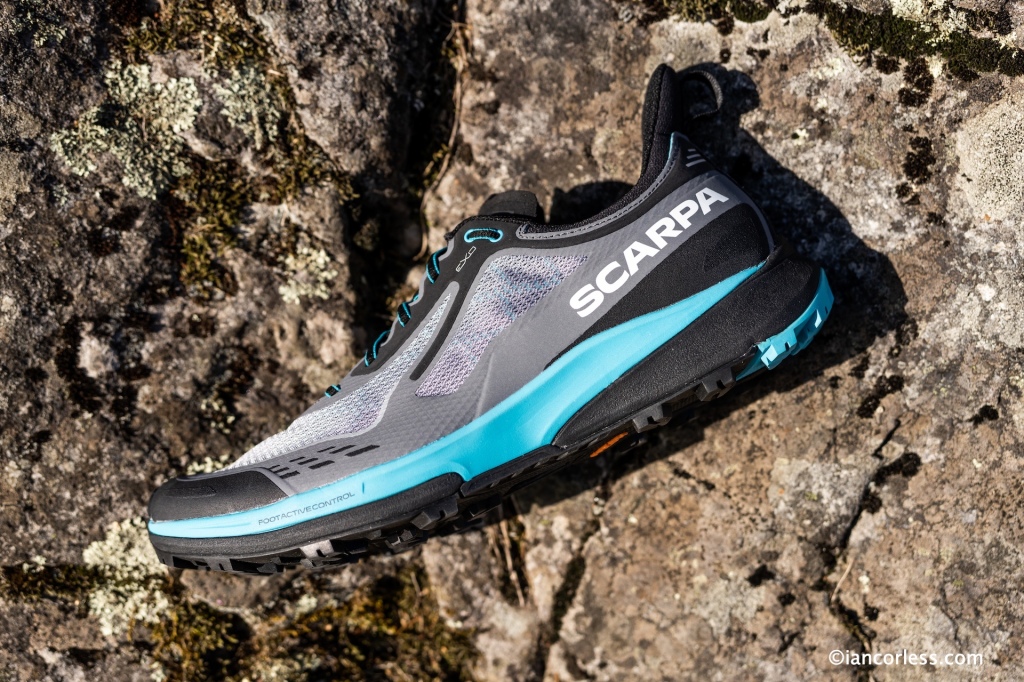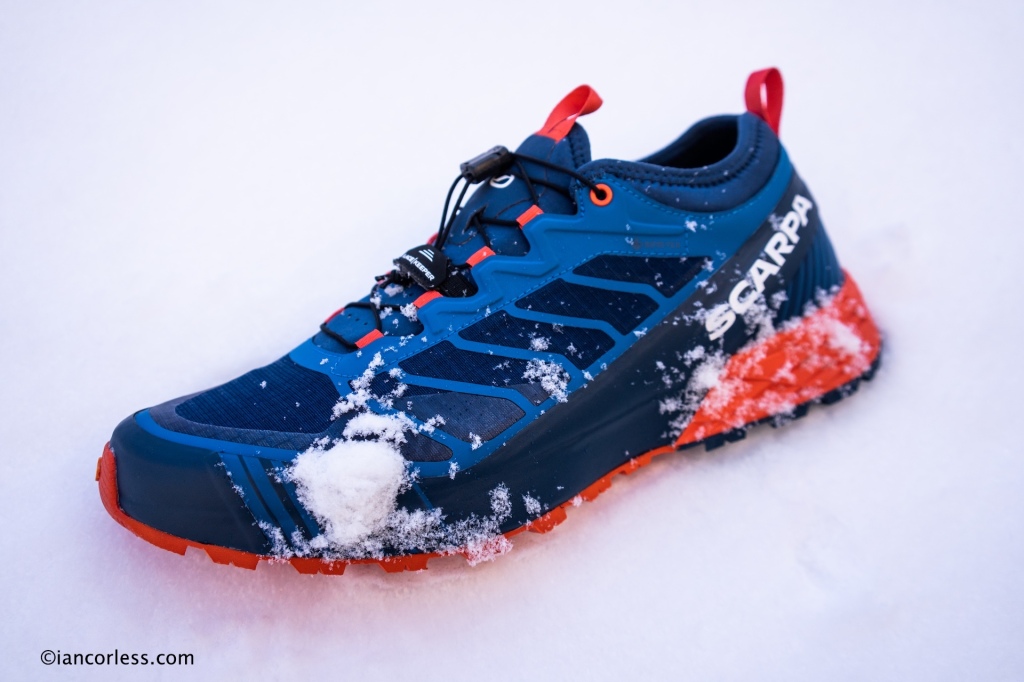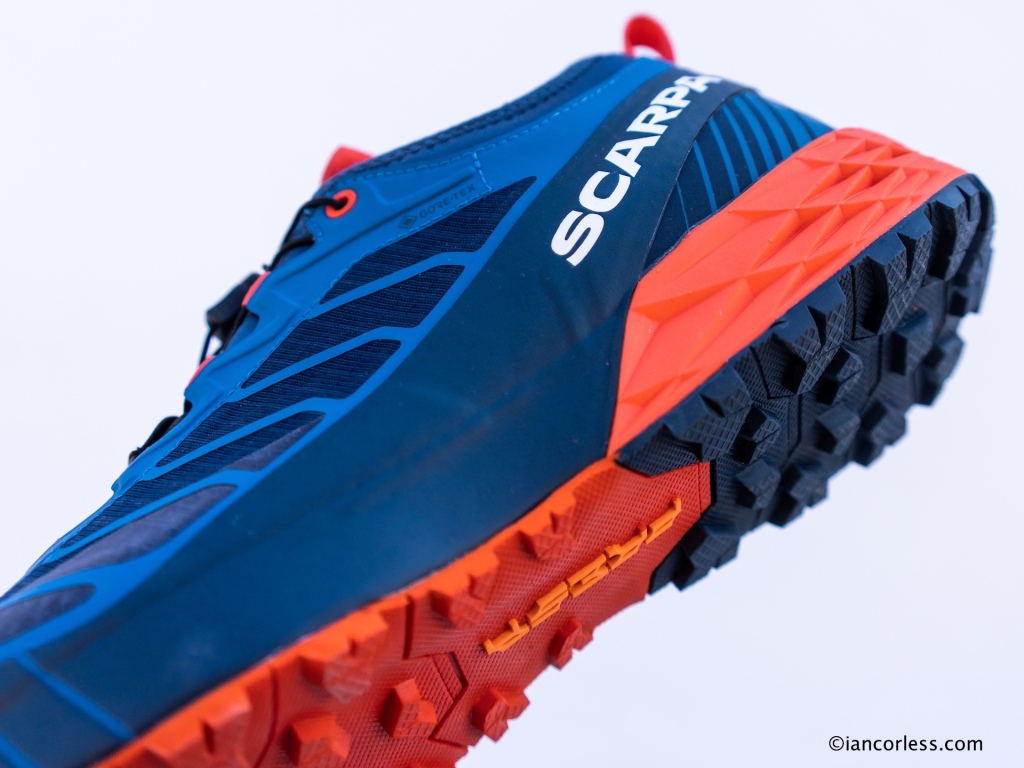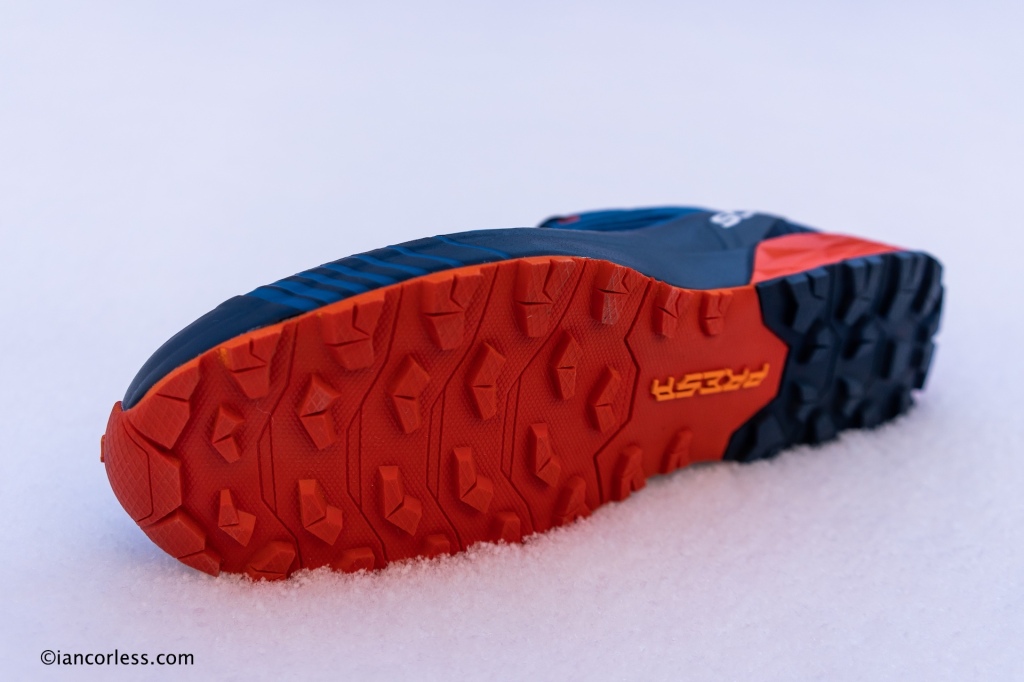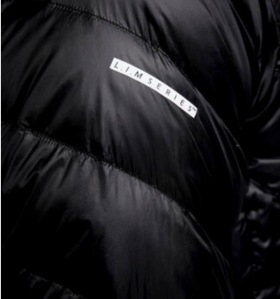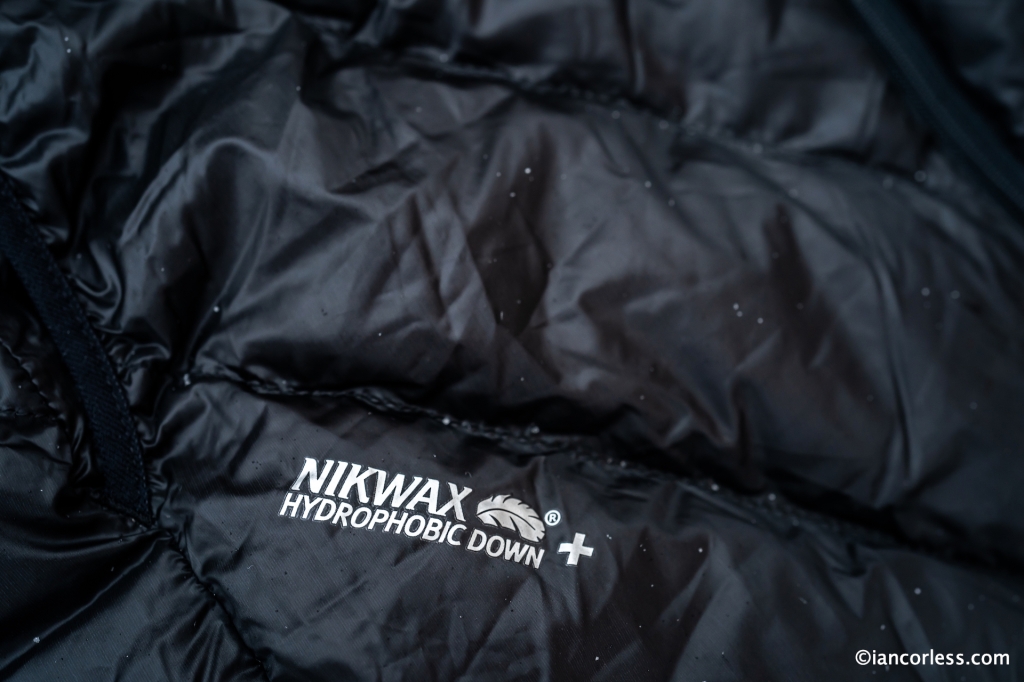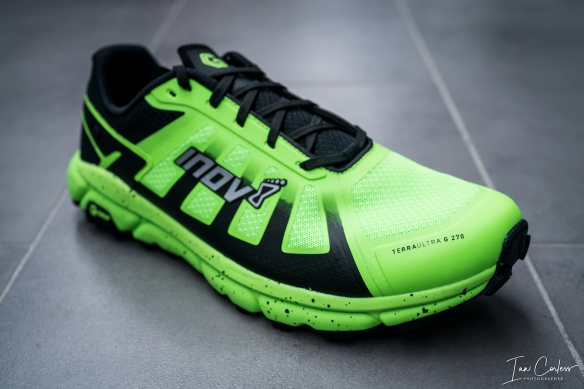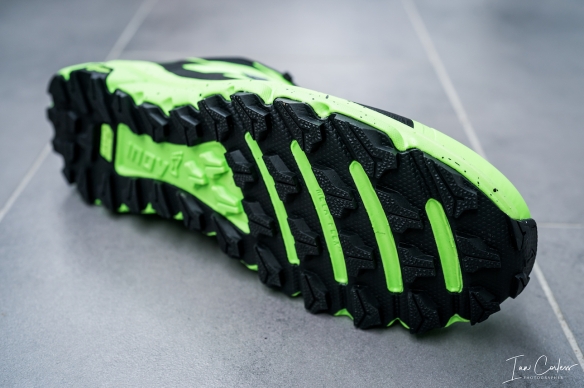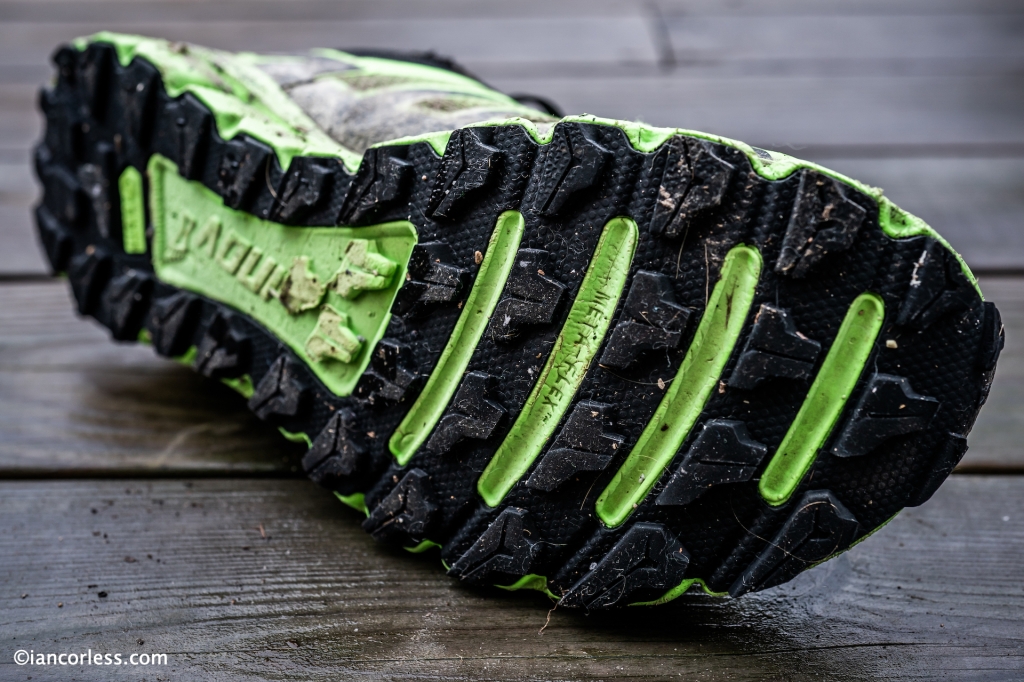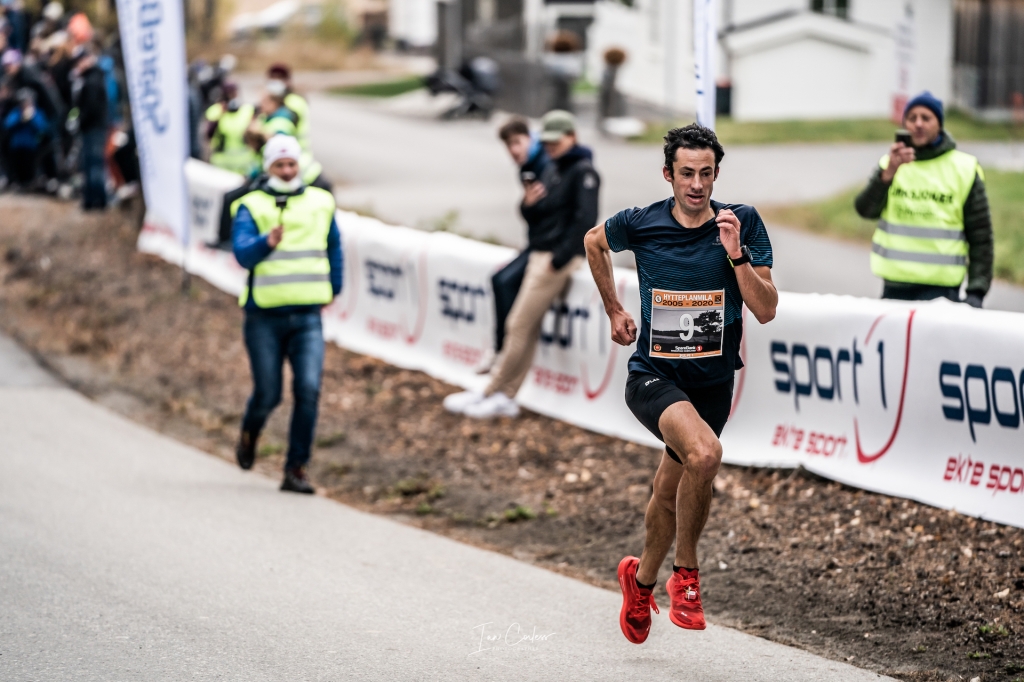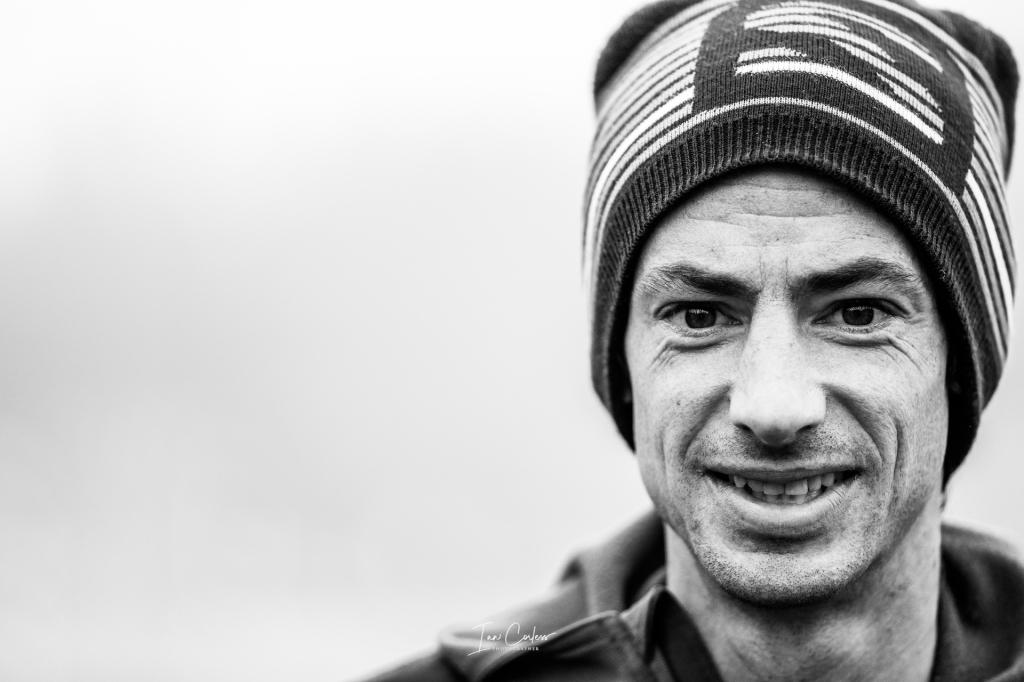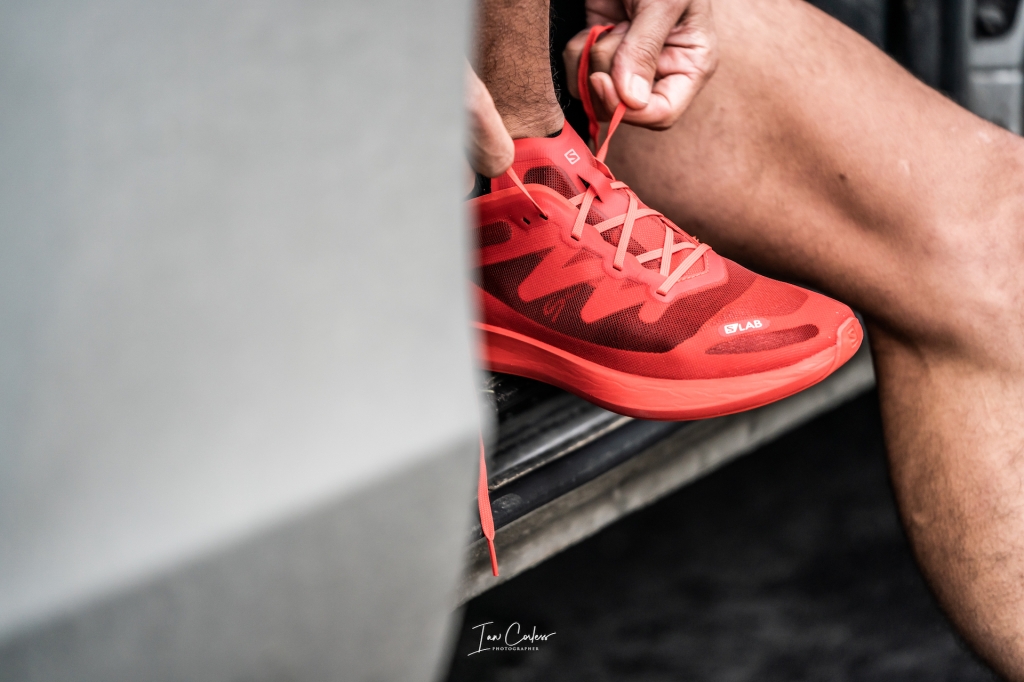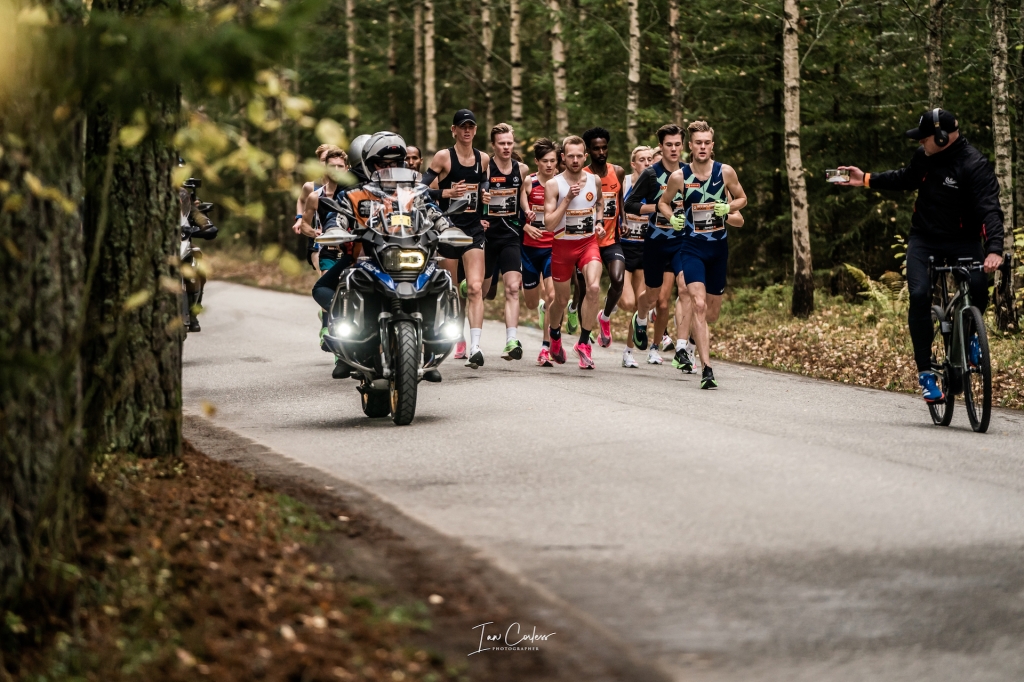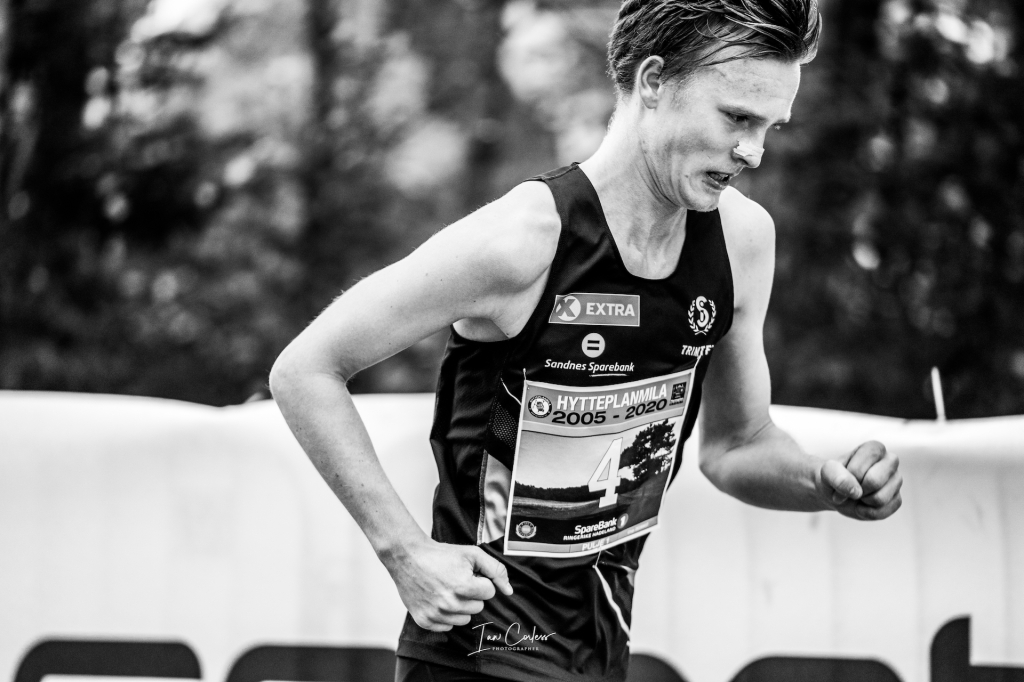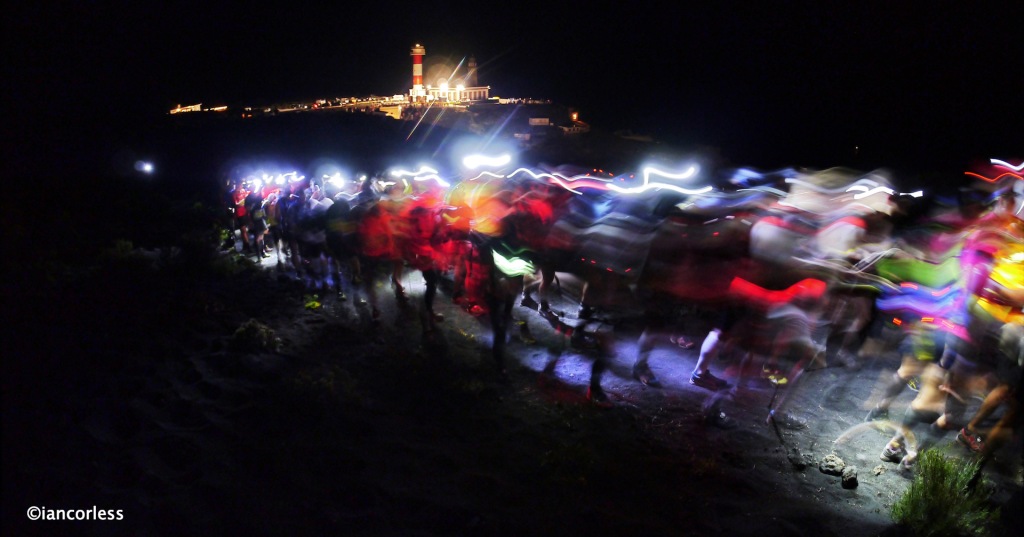
The beautiful island and people of La Palma have had their share of troubles, the impact of coronavirus, forest fires and of course the devastating volcanic eruption.
Nestled away, a hidden gem, the island was unknown (relatively) until a summit in 2012, ‘Less Cloud, More Sky’ – the idea of Lauri van Houten, Marino Giacometti (International Skyrunning Federation) in conjunction with Julio Carbera on the island; La Palma was elevated to a ‘go to’ place, particularly for runners.

Kilian Jornet, Luis Alberto Hernando, Marco De Gasperi, Max King, Dakota Jones, Anton Krupicka, Sebastian Chaigneau, Francois D’Haene, Anna Frost, Nikki Kimball and he worlds best runners assembled on the island to discuss the future of skyrunning and discuss the future of the sport.
They also participated in the 2012 event and the stage was set for it to become one of, if not THE events of the year.
2012, victory went to ‘young money,’ Dakota Jones with Andy Symonds and Kilian Jornet 2nd and 3rd. For the women, Anna Frost dominated ahead of Nuria Picas and Nikki Kimball.

2013, Kilian Jornet, Luis Alberto Hernando and Sage Canaday made 1,2 and 3 and for the women, Emelie Forsberg burst on to the scene ahead of Nuria Picas and Uxue Fraile.

2014 Luis Alberto Hernando finally beat Kilian Jornet and once again, Sage Canaday placed 3rd. Frosty (Anna Frost) returned to the top of the podium, this time with a course record 08:10:41 ahead of Maite Maiora and Uxue Fraile.
2015, Luis Alberto Hernando did the double followed by Dani Garcia and Blake Hose. For perspective, the top-10 reads today, in 2023, as a who’s who of trail running: Dakota Jones, 4th, Zach Miller 5th, Dimitrios Theodorakakos 6th, Cristofer Clemente 7th, Pablo Villa 8th, Julien Coudert 9th and Aurélien Dunand-Pallaz 10th. Emelie Forsberg once again topped the women’s podium with Anna Comet and Myriam Guillot placing 2nd and 3rd.

2016 Luis Alberto Hernando, Nicolas Martin and Sage Canaday. Ida Nilsson, Anne-Lise Rousset and Ruth Croft.

2017 Tim Freriks, Ludovic Pommeret and Zaid Ait Malek. Ida Nilsson, Anne Lise Rousset and Hillary Allen.

2018 Pere Aurell Bove, Dmitry Mityaev and Thibaud Garrivier. Ida Nilsson, Monica Comas and Kelly Wolf.
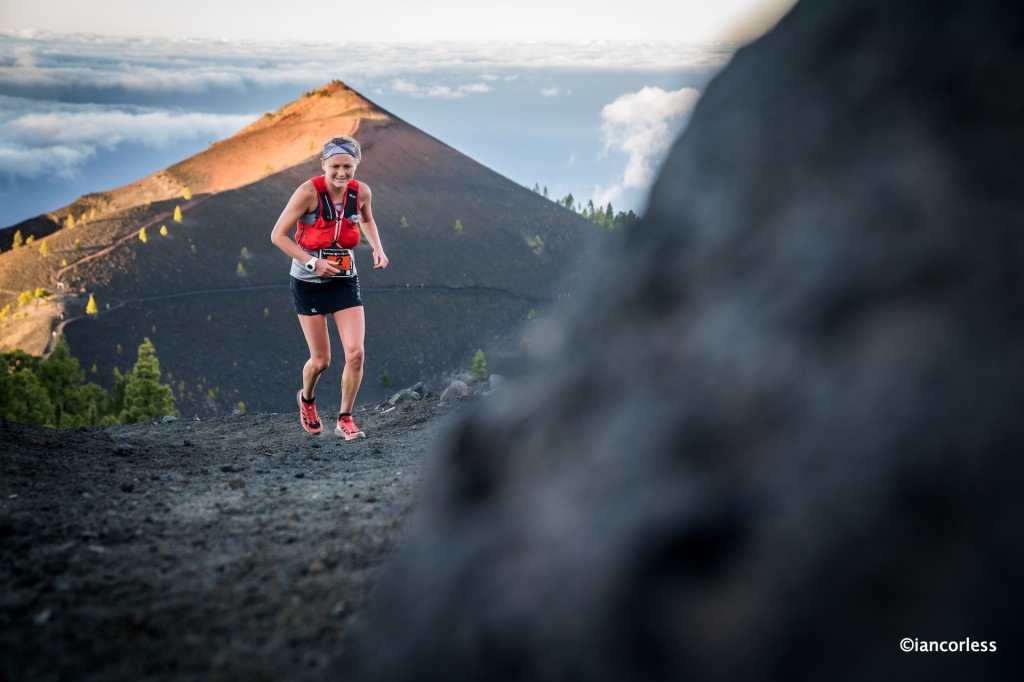
2019 Thibaut Garrivier, Dmitry Mityaev and Petter Engdahl. Ragna Debats, Anne-Lise Rousset and Megan Kimmel.

2020 Coronavirus.
Quite simply, Transvulcania was the bomb.! The stunning route, the sea, to summit and back to sea route personified the essence of skyrunning and the views while running, mind-blowing. Few forget the sunrise in the volcano section on race day.

Having travelled all over this island many, many times and having known routes and trails like the back of my hand, the devastation post the volcano was hard to see. What had been familiar was no longer familiar. Houses gone, homes destroyed, and roads eradicated from the landscape.

Emerging from difficult times, La Palma and it’s people needed a boost.
In February 2022, Transvulcania joined the ‘by UTMB’ and to many, the move did not make sense. The heritage and growth through skyrunning disappeared along with the website and the record of the races history.
Celebrating its 12th edition, the first since 2019, Transvulcania hoped to return stronger than ever; a poignant edition following the troubles of the 2021 volcano. Petter Engdahl and Abby Hall were crowned champions.
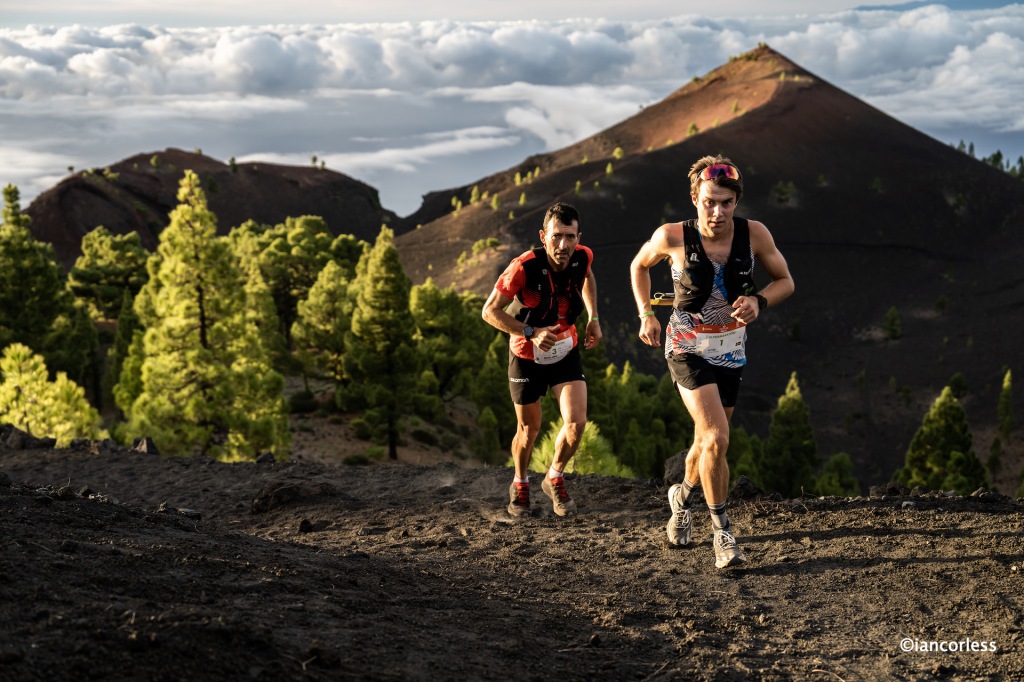
Jump to May 2023 and Dakota Jones and Martina Valmassoi were victorious.

Despite the razzamatazz, despite the buzz, despite the incredible finish line atmosphere, the event never matched the 2012 to 2019 heyday.

27th September 2023.

An official announcement is made and in the words of President Sergio Rodriguez, Transvulcania will aim to “recover its essence.”
In the mountain, ultra and trail world, the progression of ‘by UTMB’ has become overwhelming for many, at the time of writing, there are 39 events worldwide. The ‘by UTMB’ brand has shown growth in our sport, it has provided opportunities and incentives and has helped elevate trail running on a global level.
But…
For Transvulcania and the people of La Palma, a return to its roots has produced a cheer of acceptance. One quote stands out, “No one like us, the inhabitants of the island of La Palma, to decide how we want our competition for excellence to be,”
It’s a clear statement that the growth and pressure of ‘by UTMB’ is not welcome in certain places.
Taken from a release on Transvulcania social media (translation by Google):
In this sense, the president of the First Corporation, Sergio Rodriguez, stresses that the project will be reconfigured “to regain its essence”. “We wanted a jewel like the Transvulcania to regain its splendor, to be palm trees again. That’s why we support public and local management, but with a global perspective. “No one like us, the inhabitants of the island of La Palma, to decide how we want our competition for excellence to be,” explains.
And it is that, Rodríguez understands, the Transvulcania, “from its early years, it was a revulsive for companies, and unfortunately in the latest editions it lost a lot of strength.” “We set ourselves as the goal of taking it to the highest level, although without giving up what made us feel like a symbol of our territory. “We pursue that in the streets, weeks before, a festive atmosphere is breathed again; that awakens enthusiasm between locals and foreigners,” adds the island leader.
And the comments are supportive:
I’m very happy with this decision, I have performed the test before and after with the UTMB in the middle and there is no color, before it was a spectacle in every way: organization, treatment with the runner and palm trees as always generous and delivered. Congratulations on the decision made and the great career it is.
Bring back that Transvulcania of yesteryear.. It will be a matter of returning to the beautiful island and its people. The real protagonists of this great race that fell in love and hooked everyone who ran it.. 2024, signed up to try and get that 6th Palmera ultraMarathon, for me.. the best in the whole world!!
Big hit to take the reigns of the race again and give back that Palmero touch that made/is impressive!!! We will come back again
I am very glad that it recovered its essence and is again the reference proof of the Canary Islands

“We pursue that in the streets, weeks before, a festive atmosphere is breathed again; that awakens enthusiasm between locals and foreigners,”
The stage is set for a new era.
Mark your diaries, May 11th 2024.
Transvulcania is back!
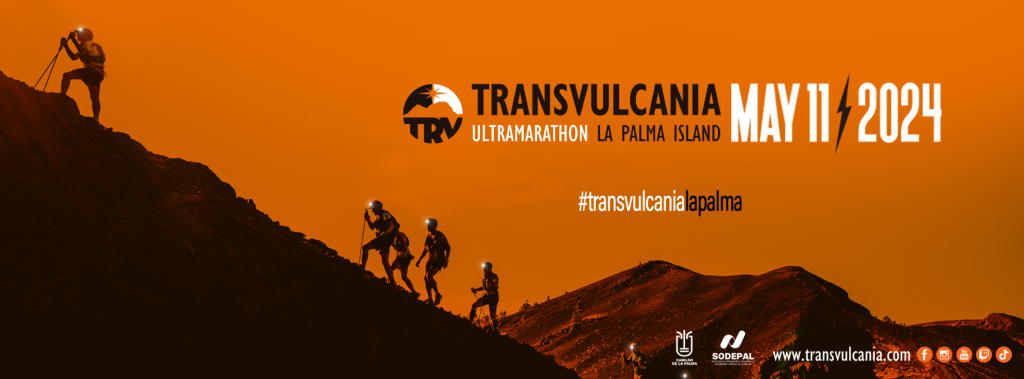
Follow on:
Instagram – @iancorlessphotography
Twitter – @talkultra
facebook.com/iancorlessphotography
Web – www.iancorless.com
Web – www.iancorlessphotography.com
Image sales –www.iancorless.photoshelter.com


